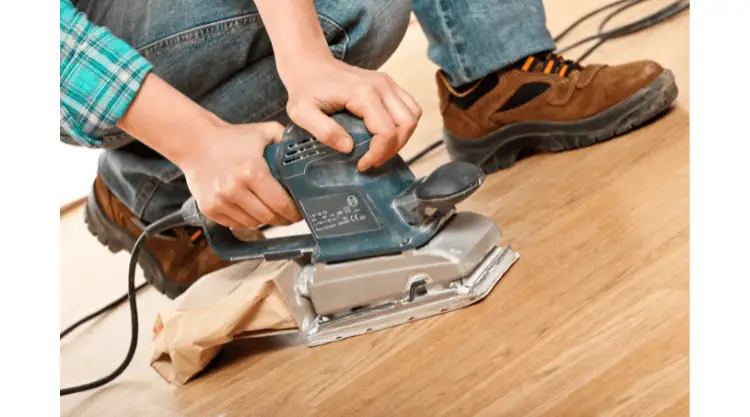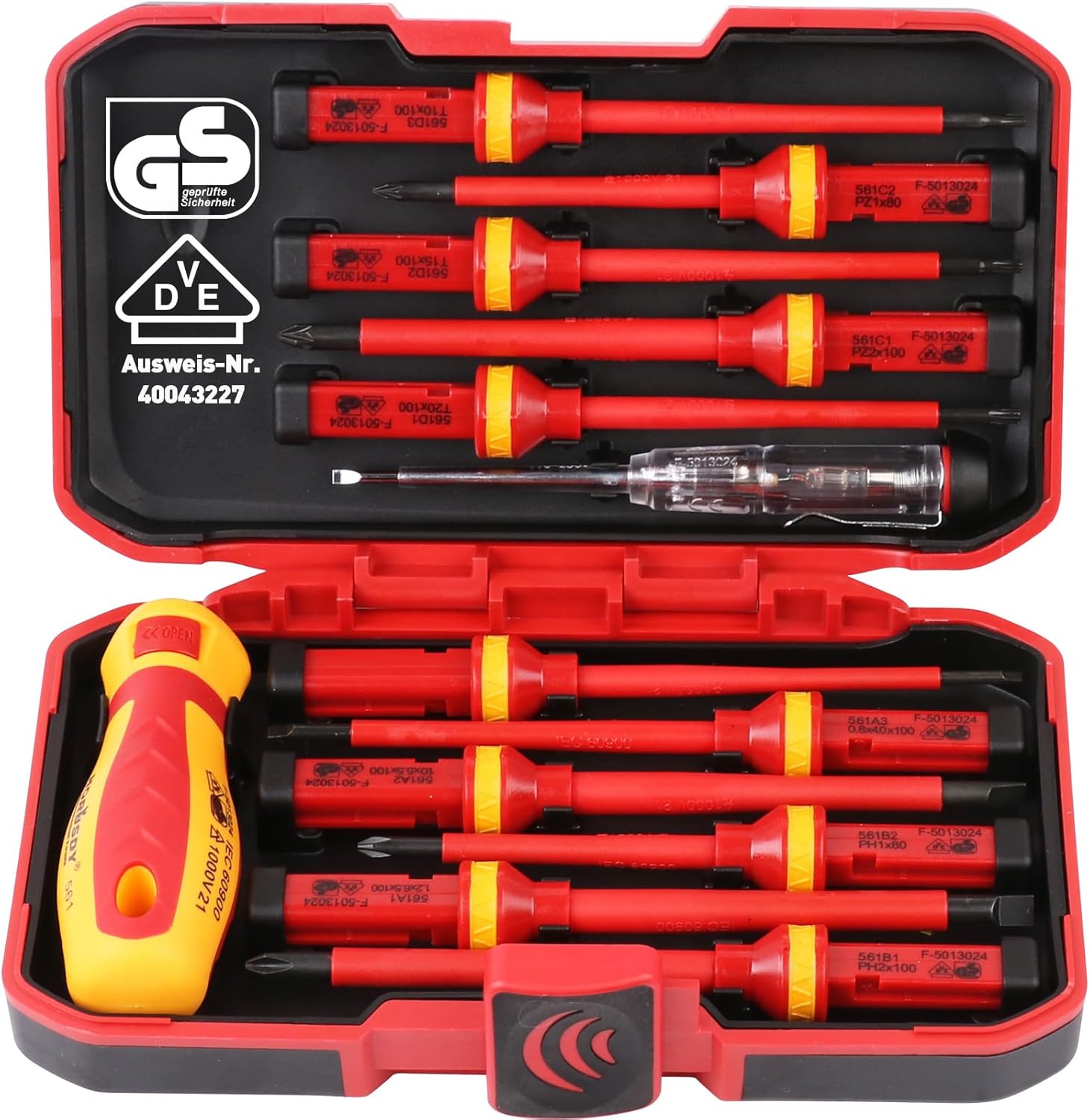Contents

Can You Remove Paint With a Sander?
Sanders are a great way to remove paint from large surfaces, but be careful when using one. Wear safety goggles and always wear a dust mask. Be sure to use some sort of dust collection system when sanding with a power sander. It will make the clean up a lot easier in the end, plus it will prevent you from inhaling a bunch of the sanding dust.
One thing to be aware of is are you sanding paint in an older house – you need to be aware that lead based paint could be present in this environment.
Types of Sanders to Remove Paint
Orbital Sander
Random orbit means the pad spins and oscillates in a random motion. This action reduces the chances of leaving swirl marks on the surface and allows you to move the sander both with and across the grain. These sanders typically use a 5 or 6″ round sanding disc that is usually attached with velcro. They are very useful and and the sanding discs come in a variety of grits to help with your sanding project.
Belt Sander
When you need to remove a lot of material in a short time, a belt sander is your go-to tool. They usually have a variable speed control that will help with minimizing the chance of ending up with an uneven surface. You need to be constantly moving the sander and don’t let it sit in one place too long. These sanders will gouge the wood if you have an aggressive grit of sand paper on the sander.
Palm Sander / Sheet Sander
Palm sanders are usually used as a finish sander for your projects. They move in two directions to help with the reduction of swirl marks in your work surface. A palm sander is sometimes called a quarter sheet sander too – it is called this because it uses a quarter sheet of standard size sanding paper each time. You just take a full sheet of sandpaper and tear it into quarters. The sand paper is held in place with spring clamps on the sander’s surface.
There are also some sheet sanders on the market that use a 1/3 sheet of sandpaper.
One of the advantages of palm / sheet sanders is that a sandpaper sheet is typically cheaper than buying sanding discs for an orbital sander or belts for a belt sander.
All three types of sanders have their purpose in the sanding process and each one will have a large selection of sand paper grits to choose from.
Just take your time, start with an aggressive grit (60 or 80), and then just go to a finer sandpaper (120 or 220) to completely remove all paint from your project. These sanders will work on both wood or metal with great results.
Related Article




Leave a Reply